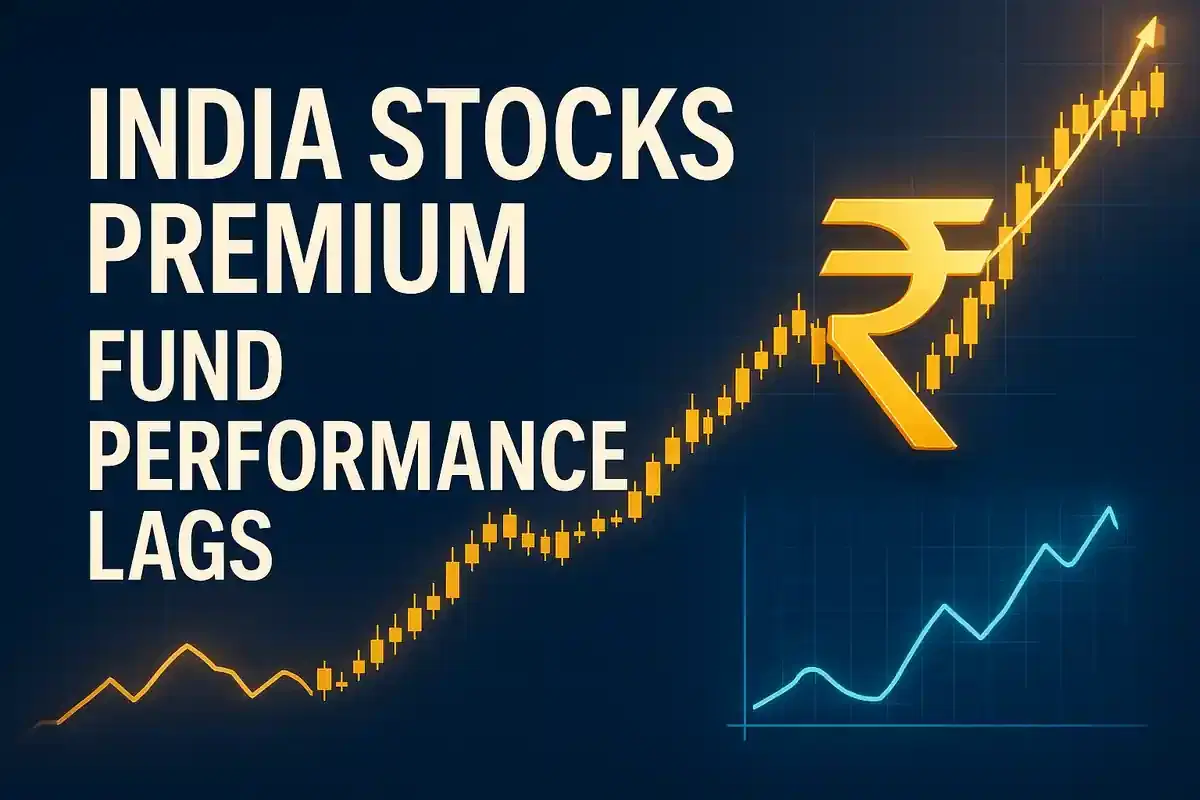India Stocks Trade at Premium Valuation; Mirae Asset Large Cap Fund Faces Performance Lag
Mutual Funds
|
29th October 2025, 5:01 AM

▶
Short Description :
Detailed Coverage :
The Indian equity market is trading at a premium valuation compared to global peers, with the MSCI India Index PE at 26 versus MSCI Emerging Markets at 16 and MSCI World at 24. However, large-cap stocks, represented by the Nifty 100 index with a PE of 22 (below its 5-year average), appear more reasonably valued and offer a margin of safety amidst global uncertainties like trade wars and geopolitical tensions. Large-cap companies are well-established, possess resources, market leadership, and experienced management, providing relative stability for wealth growth.
This context highlights the relevance of large-cap mutual funds. The Mirae Asset Large Cap Fund, a significant fund by Assets Under Management (AUM) exceeding Rs 396 billion, invests at least 80% in large-cap companies. Launched in 2008 and renamed in 2019, it aims for long-term capital appreciation by investing in quality businesses with sustainable competitive advantages and strong management. Its portfolio typically holds 80-85 stocks, with top holdings including HDFC Bank, ICICI Bank, and Infosys, predominantly in banking, IT, and FMCG sectors.
Despite its strategy and large asset base, the fund's historical returns have disappointed, lagging its category average and benchmark index (Nifty 100-TRI) over 3, 5, and 7-year periods. While it offers lower volatility (Standard Deviation 11.13) than peers, its risk-adjusted returns (Sharpe Ratio) are not encouraging. This positions it as a low-risk, potentially low-return option. Investors should choose large-cap funds, including popular ones, carefully, focusing on overall performance and identifying winning strategies for their core portfolio.
Impact: This news provides crucial insights into market valuation and the performance of a major large-cap fund, directly influencing investment decisions for Indian investors. (Rating: 7/10)
Difficult Terms: * **PE Ratio (Price-to-Earnings Ratio)**: A valuation metric comparing a company's stock price to its earnings per share. * **MSCI Index (Morgan Stanley Capital International Index)**: Global indices tracking equity market performance in developed and emerging markets. * **Largecap Stocks**: Stocks of the 100 largest companies by market capitalization. * **Midcaps/Smallcaps**: Stocks of medium and small-sized companies by market capitalization, respectively. * **AUM (Assets Under Management)**: The total market value of assets managed by a mutual fund. * **Nifty 100-TRI (Total Return Index)**: A benchmark index representing the top 100 Indian companies by market cap, including reinvested dividends. * **Standard Deviation**: A measure of stock volatility or risk. * **Sharpe Ratio**: Measures risk-adjusted return, showing excess return per unit of risk. * **Sortino Ratio**: Measures risk-adjusted return focusing only on downside volatility.